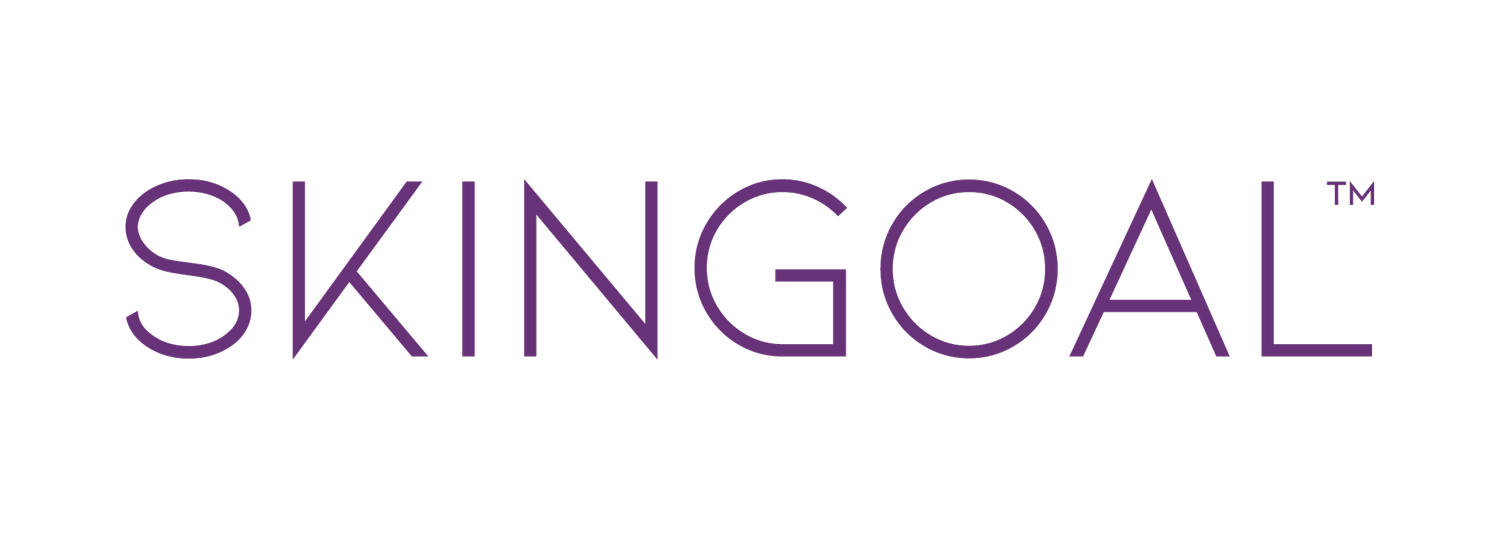Blemish be gone!
Skin blemishes, or hyperpigmentation, aren’t dangerous but can cause us to be self-conscious. These blemishes are caused by extra melanin in the skin, and are known more commonly as sun spots, age spots, or my least favourite, liver spots.
What causes hyperpigmentation?
Skin gets its colour from melanin, a pigment made by skin cells. When these skin cells get damaged, or are unhealthy they can produce more than normal amounts of melanin, which can clump, forming a distinct blemish. There are quite a number of things that can trigger this over-production of melanin, including:
Sun damage: hence the term sun spots
Hormone changes: puberty, pregnancy and, of course, menopause
Injury: acne, cuts or burns
Melasma: otherwise known as the mask of pregnancy.
Medications: including oral contraceptives and drugs that cause sensitivity to light.
Vitamin deficiency: not getting enough of certain vitamins, such as B12 and folic acid
Thyroid disorders
Adrenal disorders
Hyperpigmentation resulting from any of the above has no symptoms other than a patch of darker skin. If you have other symptoms, such as itching, weeping or noticeable changes in size or colour, see your GP immediately. Immediately. I always recommend my clients keep a close eye on dark spots or moles, wherever they might be. A photo session of face, chest, arms, back and legs - any area that has ever been exposed to the sun - is a good idea. You can then do comparisons on a regular basis, and take action if necessary. Pay special attention to shins, shoulders, chest - those areas we tend to leave exposed when we’re ‘just popping out’ on a sunny day, so haven’t bothered to apply an SPF.
How can we reduce hyperpigmentation?
Blemishes caused by hyperpigmentation are one of the most common causes for complaint by ladies, and gents, visiting my clinic. Freckles are cute, until they become permanent and darker. Sun blemishes across the nose and below the eyes, caused by reflecting light off sunglasses with no SPF protection are super-visible when the sunglasses come off. A constellation of blemishes across the decolletage is instantly ageing. Some people are easy with it, many are not. I always recommend ongoing application of Vitamin C serum to prevent sun damage in real time, and Vitamin C can help lighten and brighten complexions, but it’s not the most powerful tool in my skincare arsenal. For treating darker, older blemishes, I developed Power B.
What is Power B?
Power B is a lightweight, fragrance-free lotion specifically designed to target uneven skin tone.
How does Power B work?
Power B contains a blend of active ingredients that have depigmenting qualities, and powerful anti-ageing ingredients that provide hydration and help to stimulate the production of collagen and elastin, reducing the appearance of fine lines and wrinkles.
Active ingredients include:
Oligopeptide-68: a powerhouse ingredient that reduces the appearance of hyperpigmentation, promotes collagen production, and improves skin texture.
Alpha Arbutin: a naturally occurring hydroquinone (a skin lightening agent) taken from dried plant leaves such as blueberry and cranberry. Alpha Arbutin is known for its ability to reduce the appearance of hyperpigmentation and works by inhibiting the activity of the enzyme tyrosinase, which is involved in the production of melanin. It also has antioxidant properties that can help protect skin from free-radical damage.
Diglucosyl Gallic Acid: a natural compound derived from three Indian fruits: Amla, Haritaki, and Bibhitaki. This is a potent antioxidant that can help to protect the skin from free radical damage caused by environmental factors such as UV radiation, pollution, and stress. This is a real trooper and a must-have ingredient in my serum. It is particularly powerful in reducing skin redness and inflammation, and impedes the production of melanin.
Azelaic Acid: naturally found in grains such as rye and barley, azelaic acid is a gentle exfoliator, lifting away dead skin cells and unclogging pores. It has anti-inflammatory properties and soothes irritation and inflammation.
Kojic Acid: a naturally occurring organic acid that Inhibits tyrosinase activity to improve the appearance of dark spots. It also has anti inflammatory qualities and helps boost the production of collagen.
Tocopherol: otherwise known as Vitamin E, tocopherol is a magnificent free-radical scavenger, protecting skin from external aggressors. Vitamin E occurs naturally in skin, but can become depleted due to constant environmental exposure in the absence of good sun protection.
How to use Power B
Power B is, as you can see, packed with active ingredients, which means you need to take extra care when using this product.
Apply Power B only at night, before bed. Dab onto specific, discrete sunspots, or smooth across heavily hyperpigmented areas. Next morning, wash the area thoroughly, with warm water, and apply your usual skincare products, then finish any exposed areas of skin with an SPF 50 cream. Reapply the SPF regularly when using Power B. Then, to prevent triggering the arrival of new sunspots due to exposure to UVA and UVB light, keep using SPF on all exposed skin.
For this reason, the winter months are the perfect time to start using Power B. Arms and decolletage can remain covered during the day, so you don’t need to worry about sticky sun creams, and an SPF for the face should be a finishing touch year round.
Feedback from clients is resoundingly positive, as this serum can tackle even quite dark blemishes, and works very quickly on those that are lighter in appearance, or just getting going.
Take before and after photos and share them with me – I love to see the difference my products make, and this one makes a clearly visible difference!

